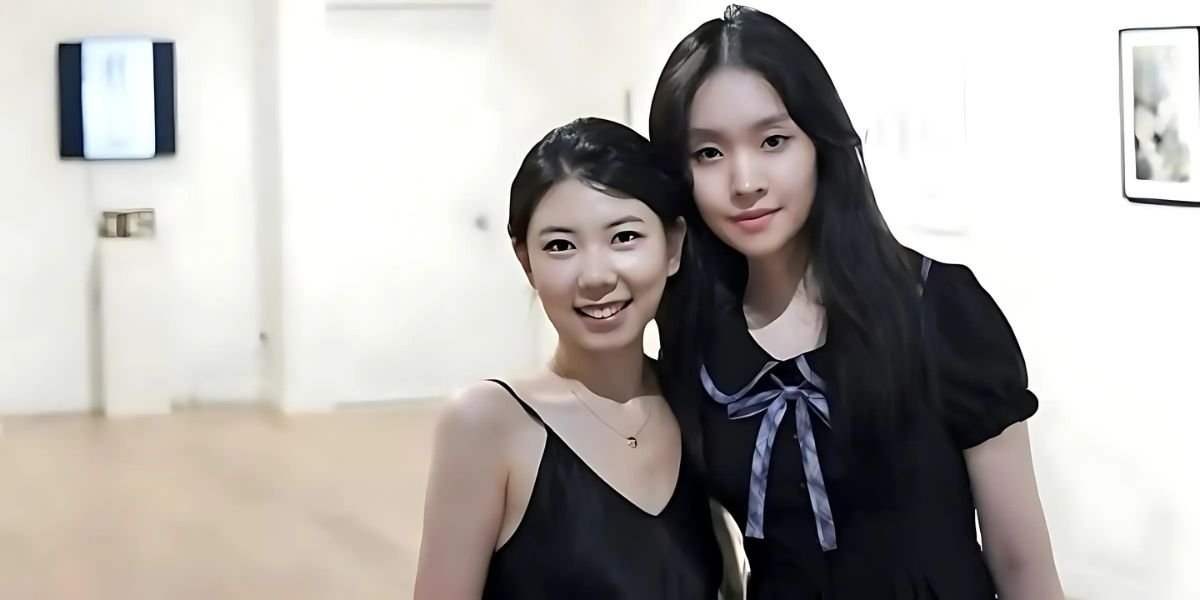Every fabric tells a story through its structure, weight, and behavior. Designers who understand textile construction can predict how materials will drape, wear, and perform in finished garments. This knowledge transforms random fabric choices into intentional design decisions. Textile structures generally fall into two categories – woven fabrics created on looms and knits formed by interlocking loops. Within these broad groups exist countless variations, each with distinct characteristics that make them suitable for specific applications. Recognizing these differences helps creators match materials to their design visions with precision.
Read also: Punk Passion: Dive into the Edgy and Expressive World of Punk Fashion
Woven Fabrics and Their Architectural Qualities
Woven textiles gain their strength from the perpendicular interlacing of warp and weft threads. The simplest version, plain weave, crisscrosses threads in an alternating pattern to produce sturdy, versatile fabrics like canvas or chiffon. While basic in construction, plain weaves can vary dramatically based on thread thickness and fiber content. Twill weaves introduce a diagonal rib pattern by passing weft threads over multiple warp threads in a staggered sequence. This structure gives denim its characteristic drape and makes gabardine resistant to wrinkles.
More complex woven structures allow for decorative possibilities. Jacquard weaves use programmed looms to create intricate raised patterns ideal for formal fabrics like brocade and damask. Dobby weaves produce smaller geometric patterns through a simpler mechanism, often seen in shirting fabrics. Pile weaves incorporate extra yarns that form loops or strands cut to create textures ranging from velveteen’s plush surface to terry cloth’s absorbent loops. The way these fabrics interact with light and movement directly influences their suitability for different garments and occasions.
Knit Fabrics and Their Flexible Nature
Knitted fabrics derive their stretch and recovery from interlocking loops of yarn rather than woven intersections. Single jersey, the most basic knit structure, shows distinct right and wrong sides and forms the foundation of most T-shirts. While comfortable, its tendency to curl at the edges and stretch out of shape makes it less stable than other options. Rib knits alternate raised vertical lines with recessed ones, creating excellent crosswise stretch ideal for cuffs and neckbands.
More advanced knit constructions address specific garment needs. Interlock knits feature two layers of loops locked together, creating a thicker, more stable fabric that lies flat and resists runs. Ponte di Roma takes this further with a double-knit structure that provides structure while maintaining some stretch. Mesh knits incorporate intentional holes for breathability, while velour knits cut loops to create a soft, plush surface. Each variation offers designers different combinations of stretch, recovery, and drape to match their creative intentions.
Specialty Constructions and Hybrid Textiles
Beyond basic weaves and knits, textile engineers have developed specialized constructions for particular functions. Double cloth weaves sandwich two fabric layers together, creating insulating air pockets or allowing for reversible designs. Leno weaves twist adjacent warp threads around weft threads to produce stable, open fabrics resistant to slipping. Nonwoven fabrics like felt bypass traditional construction methods entirely, bonding fibers through heat, moisture, or mechanical action.
Modern textile innovation frequently combines different construction techniques. Stretch wovens incorporate elastane threads to add mobility to traditionally rigid fabrics. Knitted jerseys might include woven panels for stability in key garment areas. Technical fabrics often layer different constructions – a waterproof breathable membrane might be sandwiched between a durable outer knit and a comfortable inner lining. These hybrid approaches allow designers to combine the best qualities of multiple fabric types in single garments.
Choosing Fabrics for Design Intent
Understanding fabric behavior prevents design disappointments. A bias-cut garment requires fabric with fluid drape like crepe or satin, while structured blazers demand the body of a wool twill. Designers consider multiple factors when selecting materials – how a fabric takes color, its abrasion resistance, care requirements, and how it will interact with the body’s movements.
Seasonal considerations also influence textile selection. Summer weight wools and open knits provide breathability in warm weather, while dense weaves and brushed knits offer insulation when temperatures drop. The intended lifespan of a garment matters too – fast fashion might use simple, inexpensive constructions while heritage pieces require durable fabrics that maintain their integrity over years.
Fabric Structure and Surface Design
Textile construction directly impacts decorative possibilities. Printed designs appear differently on tight weaves versus loose knits, with some structures better suited to intricate patterns than others. Embroidery requires stable foundations that won’t distort under tension, while fabric paints need appropriate absorption qualities.
Texture in fabric can come from the structure itself – the pebbled surface of crepe, the ridges of corduroy, or the dimensional patterns of cloqué. Designers often leverage these inherent textures rather than fighting against them, allowing the fabric’s natural character to enhance their creations. The interplay between constructed texture and applied decoration creates endless possibilities for unique textile expressions.
Fabric selection forms the foundation of successful design work. Recognizing how thread arrangements translate into material behavior allows creators to harness each textile’s full potential. From the formal drape of a jacquard to the everyday comfort of interlock knit, every construction serves specific purposes in the fashion ecosystem. As textile technology advances, designers gain access to ever more sophisticated materials, but the fundamental understanding of fabric architecture remains essential. This knowledge transforms fabric from a passive medium into an active collaborator in the design process, ensuring finished garments look as envisioned and perform as needed.
Read also: Gothic Style Unleashed: Embracing Elegance with a Touch of Edge









